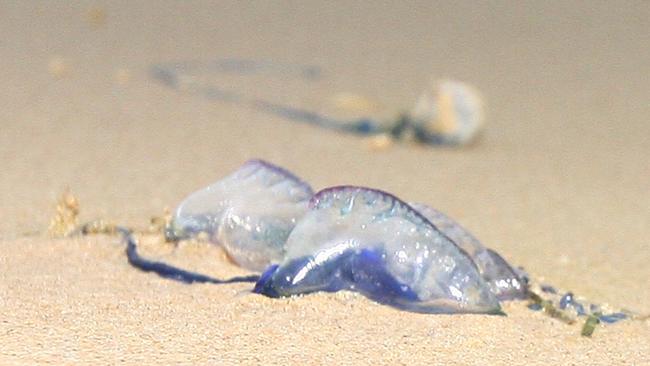Last weekend I returned to my birthplace, the no-longer-little town of Donnybrook, to talk about my book, Finding Jasper. Much has changed and, not surprisingly, there were far more new faces at my talk than old.
While wandering around my host’s beautiful property the following day, I ran into a medley of butterflies milling around the garden. They were immediately recognisable, their black, white and orange patterned wings striking against the surrounding greenery. They were, of course, those fellow 'wanderers', the Monarchs, I had been reading about recently and they were playing hard-to-get. They couldn’t seem to make up their minds what they were supposed to be doing. Basking for a few seconds on a blossom or a leaf, then flitting here and there in all directions as if half-drunk. Perhaps they were confused, the sudden onset of winter being disguised by the warmth of the sun and the strong Autumn colours yet to fall.
At last one was captured, photographed and then duly freed. Always one for making connections, I was reminded of two great novels I had the privilege of reading this year. Barbara Kingsolver’s Flight Behaviour, which I wrote about in March, and Amanda Curtin’s recently released Elemental both feature live Monarchs as a subject of biological observation as well as a metaphor for human behaviour.
Whereas the Monarchs are, from the very first page, the dominating issue in Flight Behaviour, they appear only fleetingly as a motif inElemental, with the author saving her focus until their final release at the end.
There are more parallels yet to come. Both novels revolve around impoverished young women who live in the confinement of small, uneducated communities where old customs, rituals and insularity prevail. Both protagonists are redheaded; both predictably are social outcasts. In the case of Curtin’s young fisher girl, Meggie Tulloch, just the colour of her hair is, by some weird local superstition, cause enough to have her cursed.
It is not just their red hair that distinguishes these young women in their grim and wretched lives; there is an inner fire and intelligence that energizes them in their daily struggle, fueling a desire to escape to a better world beyond.
I kiss the air. It spins around me with the rush of something new, something that is white and clean and so real that I can touch it with my fingertips, feel it on my lips, on the skin of my face. It gusts through my hair, pulling it at the roots, and I am breathing it into me, this wondrous something new. And suddenly I know that I will never be the same again because I have felt freedom in my lungs.
But as Ginger Meggie quickly discovers, this new world, the world of herring, is almost as confining and defining as the last.
Soon it is all I am: red, wet, salted gutted, blood in my eyes, scales on my skin. Fish hauled from water into air and struggling to find a way to breathe …
The more pages that we turn, the more our hearts go out to Meggie, feeling her pain, her unrelenting anguish and oppression; always urging her on.
The years pass and life continues to turn its innumerable cycles despite the changes in Meggie’s life. Even when she marries and lands safely on her feet in Fremantle on the other side of the world, still she finds that love and happiness are as elusive as any common butterfly.
The stories and settings of these two 'butterfly books' are vastly different but certain similarities can be noted when you place them spine-to-spine.
Amanda Curtin writes exquisitely. Now that Elemental is on the shelves, she will soon be up there with Kingsolver. Curtin’s strength lies in the power and music of her language, her various evocations of time and place. Just as rich and convincing is the author’s ability to create a character, and the unforgettable voice and resilience of Meggie Tulloch drawing in her family and the reader hook, line and sinker.














